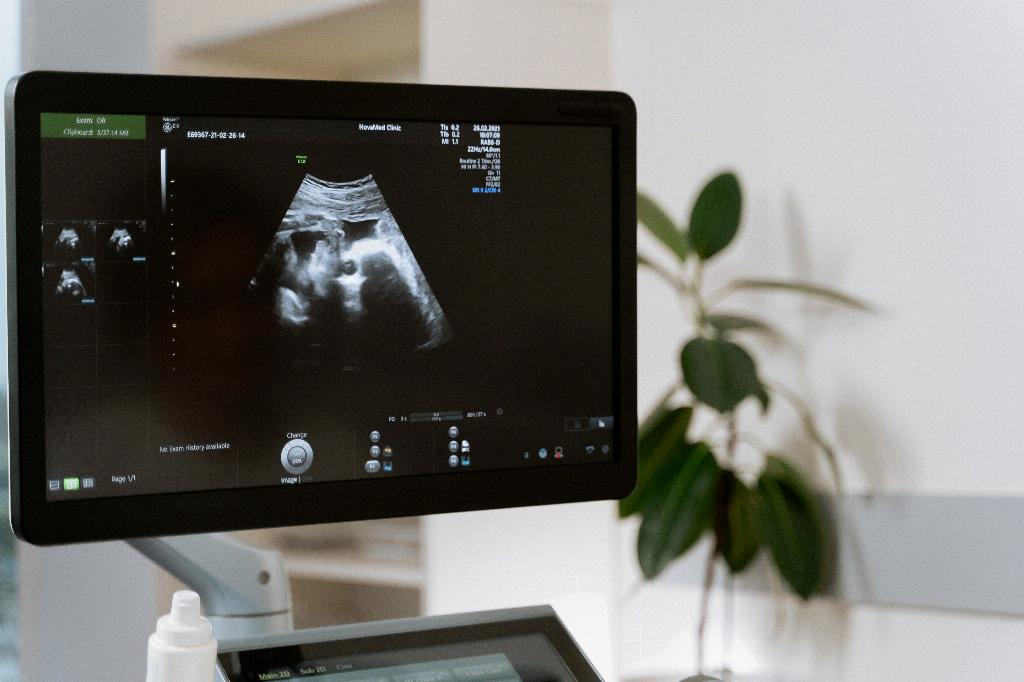When monitoring contractions during labor, it is essential to know what to look for on the monitor screen. Contractions are depicted in red on the monitor, making them easily distinguishable from other data displayed. Typically, the fetal heart rate is positioned at the top of the screen, while the contractions are positioned at the bottom, allowing healthcare providers to monitor both vital signs simultaneously.
Moreover, when the machine prints out graph paper, the layout may differ slightly. The fetal heart rate is usually printed on the left side of the paper, while the contractions are printed on the right side. This layout provides a clear visual representation of how the contractions align with the fetal heart rate, aiding in the assessment of fetal well-being during labor.
On the monitor screen, contractions appear as peaks and valleys in the red tracing. Each peak represents the peak of a contraction, indicating the highest intensity of the uterine muscle’s contraction. The valleys between the peaks signify the relaxation phase of the muscle between contractions. By observing this pattern, healthcare providers can determine the frequency, duration, and intensity of contractions.
Additionally, the spacing between contractions on the monitor is crucial information for evaluating labor progression. The frequency of contractions refers to the time between the start of one contraction to the start of the next. This information helps healthcare providers understand how often contractions are occurring and assess the efficiency of the labor process.
Furthermore, the duration of contractions is another vital aspect to consider. The length of a contraction from the beginning of the peak to the end of the peak provides valuable insights into the strength of the uterine muscle’s contraction. Monitoring the duration of contractions helps healthcare providers determine if the contractions are effective in cervical dilation and labor progression.
Another essential characteristic to observe on the monitor is the intensity of contractions. The intensity of a contraction is often measured in millimeters of mercury (mmHg) or as a subjective assessment of mild, moderate, or strong. By analyzing the intensity of contractions, healthcare providers can gauge the strength of the uterine muscle contractions and their impact on labor.
Moreover, the pattern of contractions on the monitor plays a significant role in assessing labor progression. A desirable pattern of contractions typically involves regular intervals, consistent duration, and incremental intensity. Deviations from this pattern, such as irregular contractions or inadequate intensity, may indicate potential labor complications.
It is important to note that individual variations in contraction patterns exist, and what is considered normal for one person may differ for another. Healthcare providers consider the unique characteristics of each laboring individual when interpreting contraction patterns on the monitor and making decisions regarding labor management.
In summary, contractions on the monitor are depicted as red tracings that display the frequency, duration, intensity, and pattern of uterine muscle contractions during labor. By closely monitoring these factors, healthcare providers can assess the progress of labor, ensure fetal well-being, and make informed decisions regarding the management of labor and delivery.

